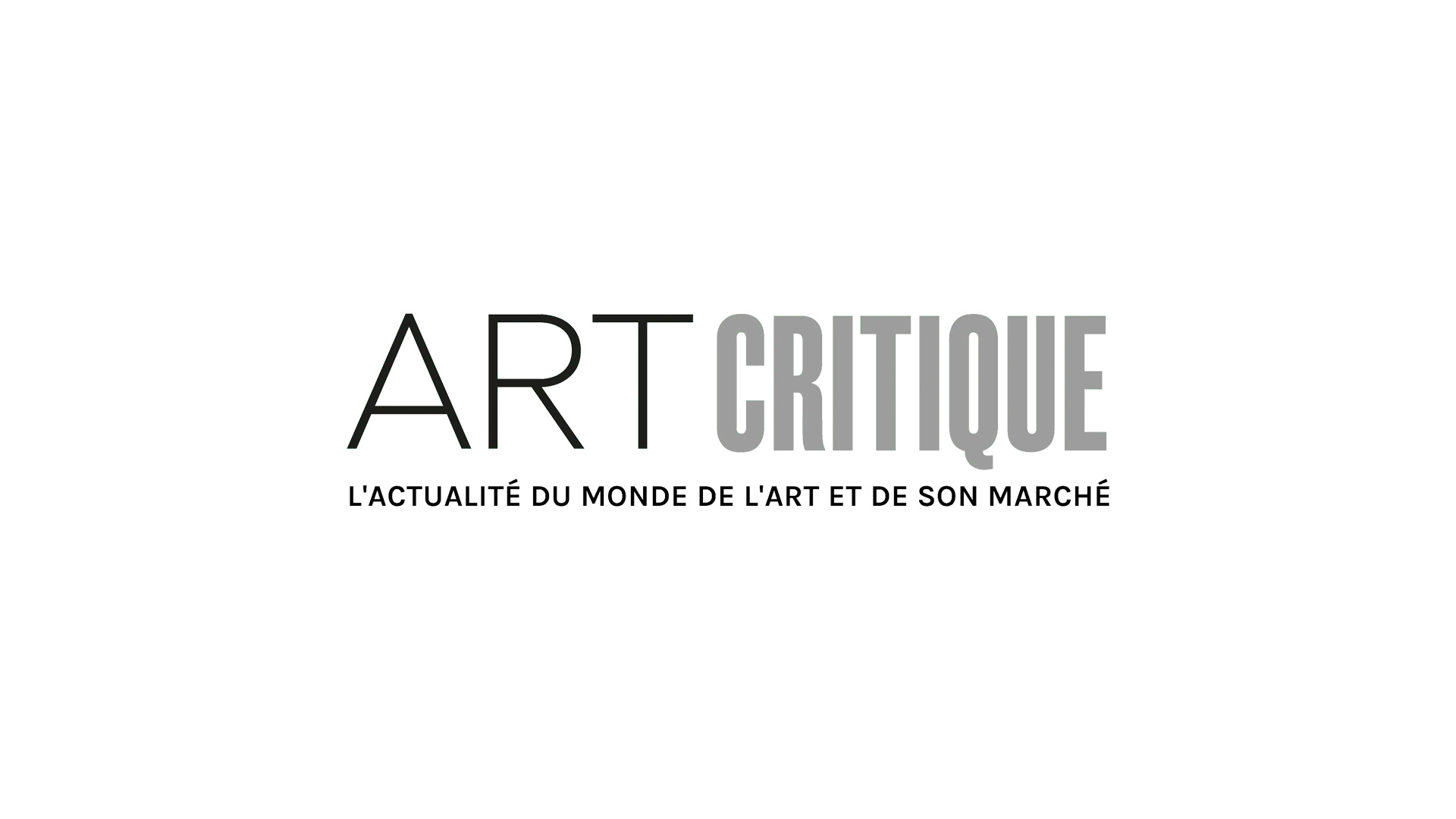When Art Stage Singapore was cancelled on January 16th, a mere week before it was set to run, it shook local and international galleries already in preparation for the fair. Now, nearly a month on, there are still plenty of question marks concerning why fair founder and director Lorenzo Rudolf pulled the plug on the fair so late in the game; however, in hindsight there were a number of red flags. So, here’s a look at some of the cracks that lead to fall of Art Stage Singapore as well as how the art scene quickly absorbed the shock of the cancellation.
As previously reported by Art Critique, the Art Stage Singapore was steadily losing gallery interest since 2017. That year, 131 galleries rented spaces for the fair before falling to 97 in 2018, and only 45 were expected at this year’s fair. To fill the gaping holes in participation, ArtAsiaPacific (AAP) reported that 20 local galleries and collectors were offered free spaces – which have a going rate of about $19,400 for a 35-square metre space and $50,000 for 90-square metres – in the Collector’s Stage portion of the fair.
The fair also lost some key funding necessary to cover the costs of Art Stage Singapore including funding provided by United Overseas Bank Limited (UOB). The bank was originally listed as one of the fair’s sponsors but in the 2019 official press release, UOB was not mentioned. UOB did, though, maintain its sponsorship for SEA Focus, a boutique art fair in Singapore held the same weekend (January 24th to 27th) that Art Stage Singapore was meant to run. As you can imagine, the costs of putting on such a large-scale, high-end fair can add up quickly. Industry experts estimated that for the venue, production costs, marketing, travel expenses, office rent, staff, and payment to the COO, Art Stage Singapore would usually tally in at around $2 million, which is a fairly conservative figure.
Another factor that potentially had a significant impact on the fair was Rudolf, himself. In the press release he sent to fair stakeholders and VIPs, he cited ‘difficult market situation[s] in Singapore’ and ‘unequal competition’, which directly referred to the competition created by SEA Focus. Some feel that Rudolf’s negative outlook on the Singapore’s art market, which he described as ‘very, very weak’ in 2017 and claimed the market was ‘stagnating’ in comparison to other markets. Some even see the development of other fairs, like SEA Focus, to be in direct response to Rudolf’s remarks.
Despite being left out in the cold, financially and otherwise, the Singapore art scene, though small, responded spectacularly finding exhibition space for galleries and deals affected. The country’s art week continued without hesitation and more than made up for the lack of one of its main art fairs. Though the blow that came with the cancellation of Art Stage Singapore was overcome, there is still a lot of doubt as to the future and stability of art fairs. For now, though, the art scene in Singapore will roll on and those affected still wait to have a better understanding of what, exactly, happened to Art Stage Singapore.





